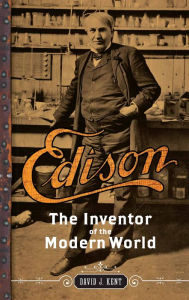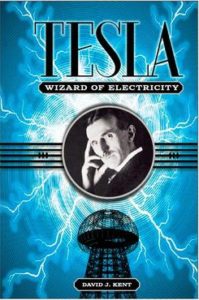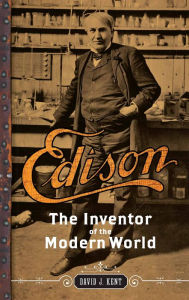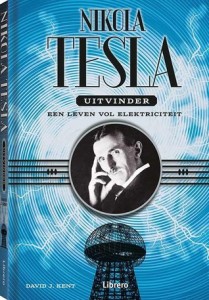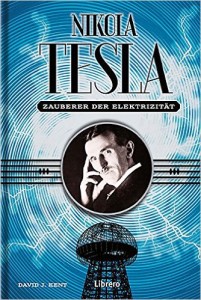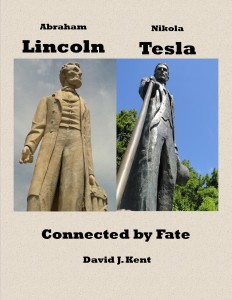Abraham Lincoln seems to have had a falling out with his father later in life, rarely visiting once he had a family of his own. When Thomas passed away at the age of 73, Abraham was home tending to a sick wife and his rambunctious boys. Thomas died on January 17, 1851.
I recently visited Thomas Lincoln’s gravesite near Lerna, Illinois. Today there is a beautiful headstone marker noting Thomas Lincoln and his second wife, Lincoln’s stepmother, Sarah Bush Lincoln. It guards a small fenced area that also includes small individual markers at the foot of each of their graves.
Originally the Gordon Burial Ground, then the Shiloh Cemetery, and now called the Thomas Lincoln Cemetery, the gravesite sits next to the Shiloh Presbyterian Church on the way to the Lincoln Log Cabin State Historic Site. Abraham Lincoln visited his father’s grave shortly before heading to Washington to be inaugurated as our 16th president.
He would not have seen a grave marker. Likely no more than a rock marked the site at the time, a nephew said that Abraham placed a board with the initials T.L. during his visit. Whether that story is true or not, a permanent gravestone was not erected until 1880 after donations by local friends and Robert Todd Lincoln.
But that isn’t the end of the story, for the gravestone erected then is not the one passersby see today, unless they pay attention. The beautiful grey headstone most obvious to visitors was installed in 1924 by the Illinois Lions Club, with the two smaller footstones donated by the Kiwanis Club a year later. The more unassuming original marker sits in its own wrought iron fenced area about 50 yards from the modern marker. This small spire had been slowly chipped away by tourists seeking souvenirs, hence the need for a surrogate stone. A “Looking for Lincoln” sign sits in the small parking lot in back of the church, and only its readers are tipped off to the location of the original gravestone.
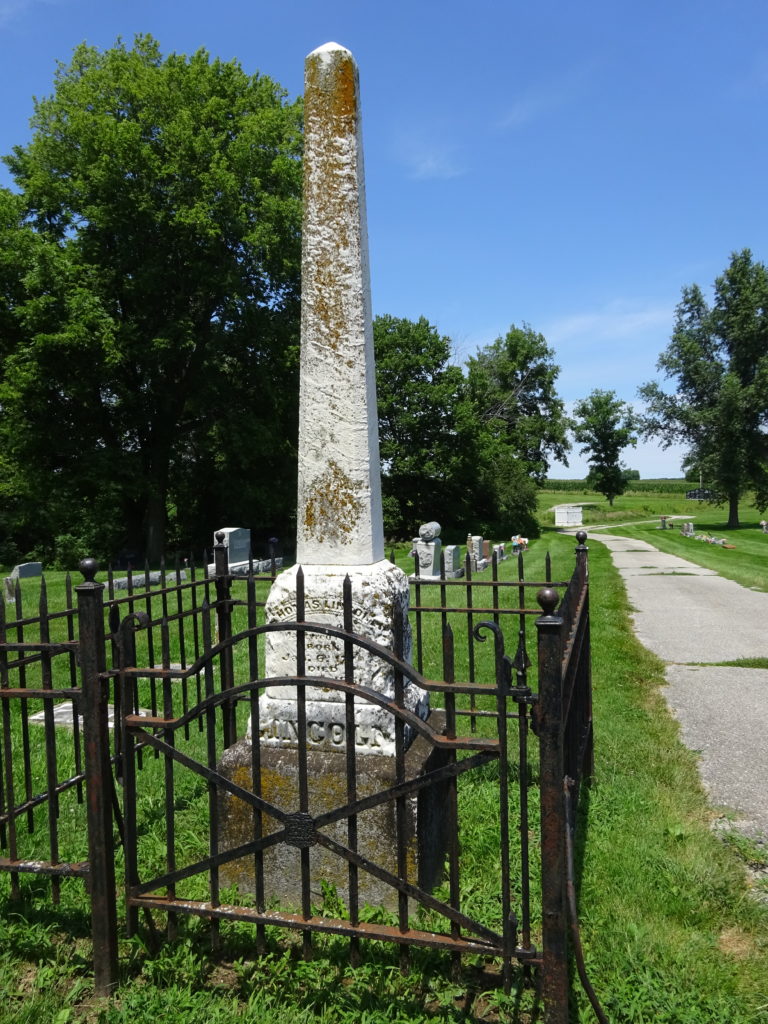 George Balch, a local farmer and poet who knew Thomas and Sarah Lincoln, wrote a poem years later to bring public attention to the neglected condition of the grave. A portion graces the waymarker sign; the following presents the entire poem.
George Balch, a local farmer and poet who knew Thomas and Sarah Lincoln, wrote a poem years later to bring public attention to the neglected condition of the grave. A portion graces the waymarker sign; the following presents the entire poem.
I
In a low, sweet vale, by a murmuring rill,
The pioneer’s ashes are sleeping.
Where the white marble slabs are so lonely and still,
In the silence their vigil are keeping.
II
On their sad, lonely faces are words of fame,
But none of them speak of his glory,
When the pioneer died, his age and his name,
No monument whispers the story.
III
No myrtle, nor ivy, nor hyacinth blows,
O’er the lonely grave where they laid him;
No cedar, nor holly, nor almond tree grows
Near the plebian’s grave to shade him.
IV
Bright evergreens wave over many a grave
O’er some bow the sad weeping willow,
But no willow trees nor evergreens wave
Where the pioneer sleeps on his pillow.
Some are inhumed with honors of state
And laid beneath temples to moulder;
The grave of the father of Lincoln the great,
Is known by a hillock and boulder.
VI
Let him take his lone sleep, and gently rest,
With naught to disturb or awake him,
When the angels shall come to gather the blest
To Abraham’s bosom, they’ll take him.
Abraham would never see his stepmother again as she was too old to make the trip to Washington and President Lincoln never traveled back to Illinois. He was assassinated in office on April 14-15, 1865, days after the end of the Civil War. Sarah Bush Lincoln outlived her stepson, passing away on April 12, 1869.
David J. Kent is an avid science traveler and the author of Lincoln: The Man Who Saved America, in Barnes and Noble stores now. His previous books include Tesla: The Wizard of Electricity and Edison: The Inventor of the Modern World and two e-books: Nikola Tesla: Renewable Energy Ahead of Its Time and Abraham Lincoln and Nikola Tesla: Connected by Fate.
Check out my Goodreads author page. While you’re at it, “Like” my Facebook author page for more updates!






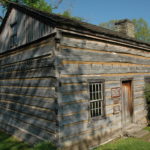
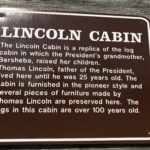
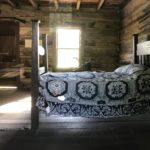



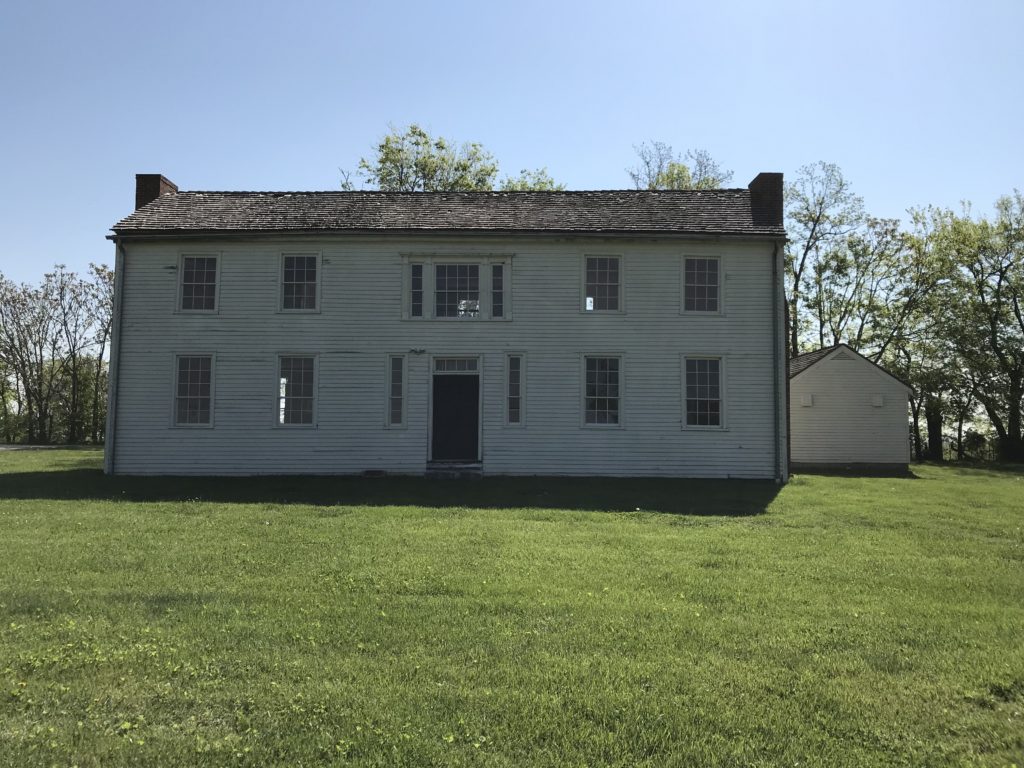

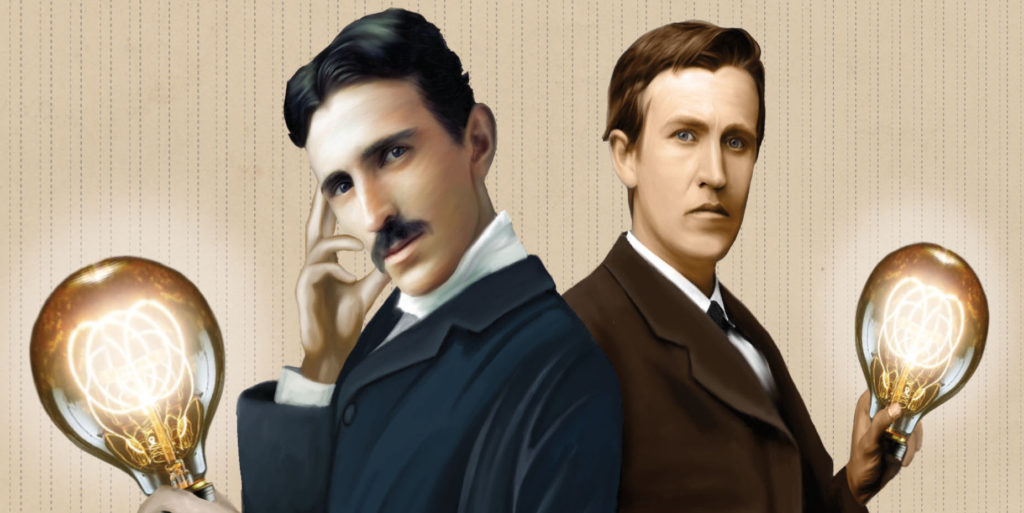
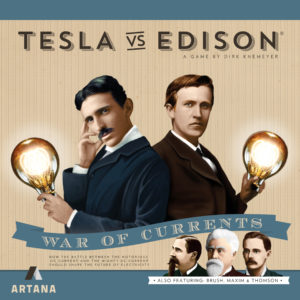
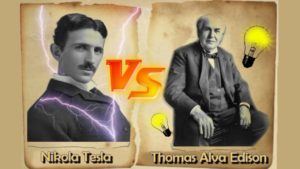

 Nikola Tesla was a sometimes eccentric genius who changed the world. Thomas Edison was a sometimes eccentric genius who changed the world. Wait, can both of those be true? Yes, and here’s why.
Nikola Tesla was a sometimes eccentric genius who changed the world. Thomas Edison was a sometimes eccentric genius who changed the world. Wait, can both of those be true? Yes, and here’s why. Interestingly, both had a connection to science fiction. Tesla’s friend
Interestingly, both had a connection to science fiction. Tesla’s friend 